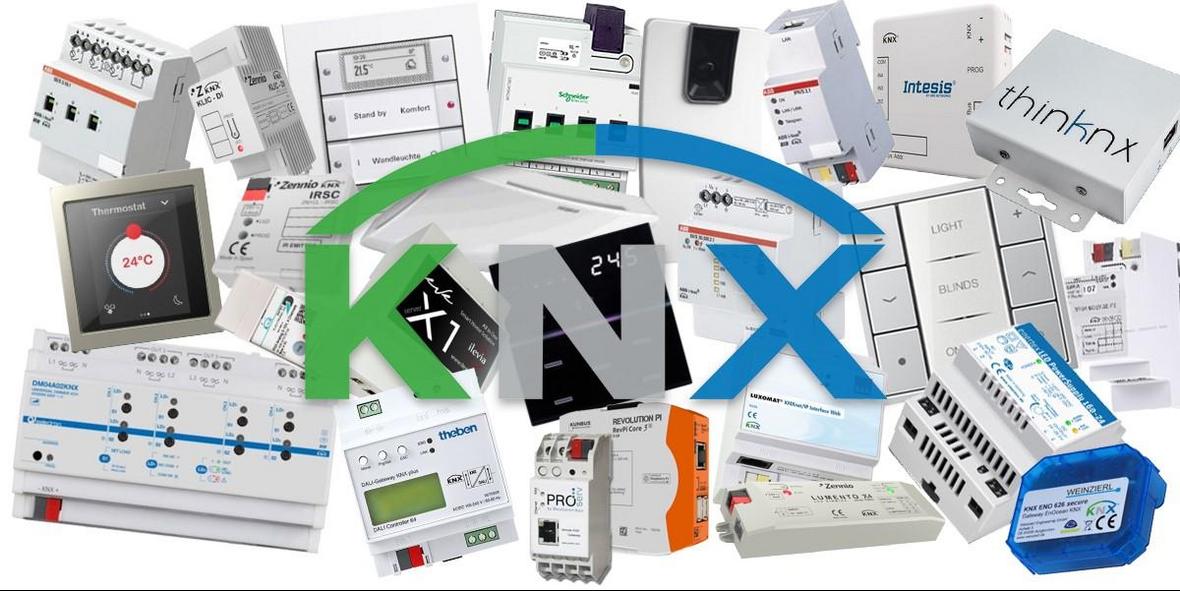18. Oct 2021
Tools of the Trade: finding the right product set

Simon Buddle suggests that KNX professionals take into account engineering, aesthetics and business considerations when choosing a product set.
As a child, I would spend many a Saturday night home alone. My grandad would pop down to the pub for a couple of hours whilst my nan would go off to the bingo hall. They always brought fish and chips back just in time for 'Match of the Day' on the television. Great days. It was during the time ‘home alone,' that I became curious about building things. To be honest, initially, it was the taking apart that first got my interest. The gas fireplace (do not try this at home) focused my mind on the building part. Luckily, it was back together and working before anyone came home. Phew!
I remember building a skateboard in the late 70s, and just how much research I did to be sure the three elements: wheels, trucks and board, all worked together. Add in the huge sum of GBP£75 I had to spend to buy the parts, and you begin to understand the gravity with which the choices were made. I saved for months and months and months, and finally was able to buy the parts. I built it, and to my immense joy, all of the separate parts became a skateboard. It was my pride and joy for years.
Now, imagine having to build your own car from parts from multiple manufacturers. That would be a challenge! As KNX professionals however, we build systems and we must create them from multiple manufacturers.
When we design and install a KNX system, there are hundreds of great products to choose from, but which ones work well together? On the surface, we should be able to say all of them, as they all meet the strict KNX protocol standard. However, there are subtle differences in functionality between products of the same type from different manufacturers. For example, some choose to use only the setpoint shift function, whereas others will make available the setpoint input and output 2-byte values. This becomes important when you integrate with AV control systems, which themselves will have their own idiosyncrasies.
Finding the right product set
Product sets are one of the hardest elements to get right across any company. You will, no doubt, have heard engineers waxing lyrical about the latest shiny gadget they have installed or seen advertised. The choice of products, for me at least, falls into three camps.
Firstly, the client-facing devices such as keypads, touchscreens, door intercoms, PIRs, etc. All of these have to be chosen with the eye of the client in mind. Aesthetically and functionally, will they fulfil the end users' requirements? Most customers may not fully understand the functionality they need - that is our job to educate and steer the choices. Most clients, however, will have an opinion when it comes to aesthetics.
Next there is the technical aspect. Do the actuators meet the functionality we need? Whether or not a switching actuator turns on/off is a straightforward choice, but the logic engines for thermostats, PIRs, heating and cooling actuators are a little more nuanced. The simple act of keeping a room at the correct temperature requires multiple modules and possibly logic too. And herein lies a significant technical challenge to ensure that all of the parts work in harmony, and can integrate with AV controls such as Control4, Savant or Crestron. I often find that the right approach here is to work out the required functionality for the customer and then work back from there, being sure that each physical product chosen does indeed provide the required set of functions.
Lastly there is the business side of the product set. What is the product support like? How long has the company been in business? What are the terms of warranty? And of course, what are the margins?
The three facets of engineering, aesthetics and business will shape our product sets and the customer experience. Make that a success, and the news will travel far and wide. Get it wrong, and it is likely to travel further. The balance has to be right; it must serve its technical purpose but similarly, we need to be able to make a profit. If the product requires three service calls to finally get it to work, is it the right solution? We need more knowledge and better training from the manufacturer. If you must make excuses as to why a product does not perform a particular function, it is not the right product.
Conclusion
Choosing the right products that work as a complete set for your business is crucial to the long-term success of any company. Finding the balance between technical, aesthetics and business needs, with any product, is not easy, and should be taken at a slow and steady pace. The latest and greatest item through the door ,of course deserves consideration, but that consideration or testing should be done on the workbench rather than at a new customer's house.
KNX provides us with an Aladdin's cave of technical treasure. It is our job to pick out the right gems to suit our customers and our business. When the products all hang together as a completely seamless system, that is a success. And technical success often brings business success.
Simon Buddle CEng MIET, is a consultant for Future Ready Homes, a specialist in BMS and ELV services system design.
Highlights
-
 News
NewsThe KNX Journal 2025 is now available
The latest edition of our annual smart home and building solutions magazine has arrived. The KNX Journal 2025 offers ... -
 News
NewsNew ETS App: Password Manager
The ETS Password Manager is a powerful new ETS App introduced in ETS 6.3 that eliminates the need to repeatedly enter ... -

